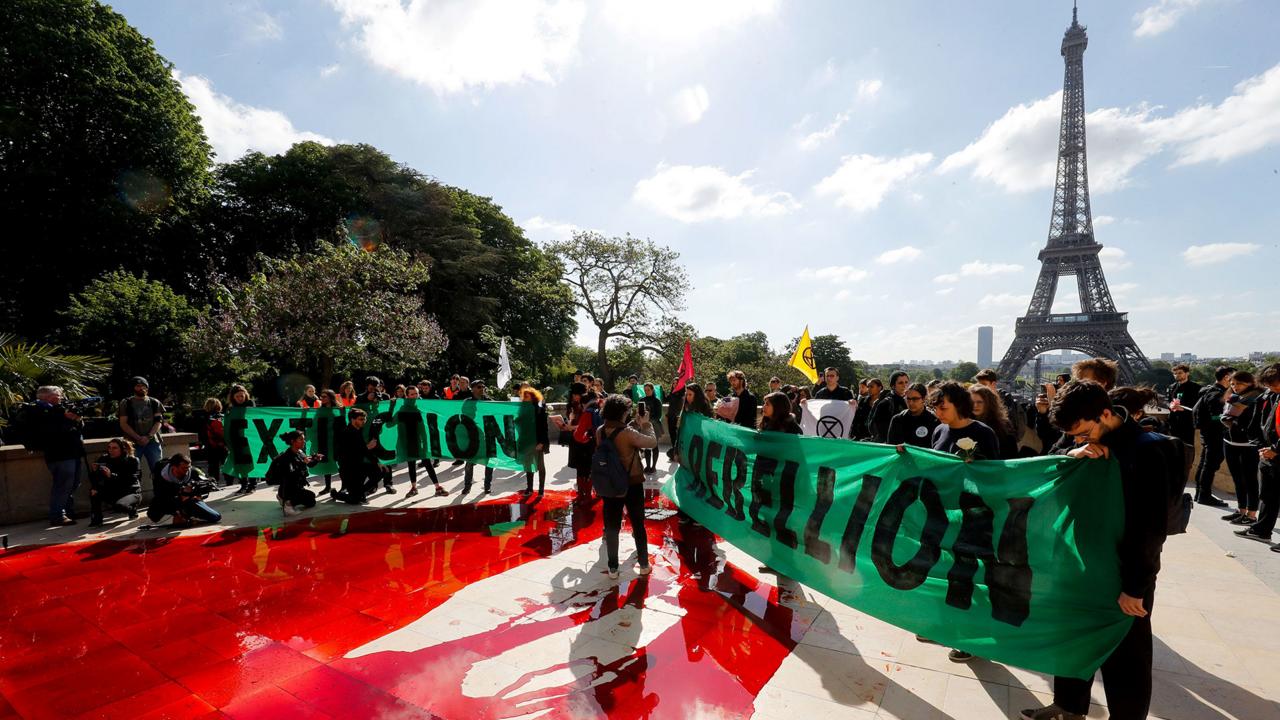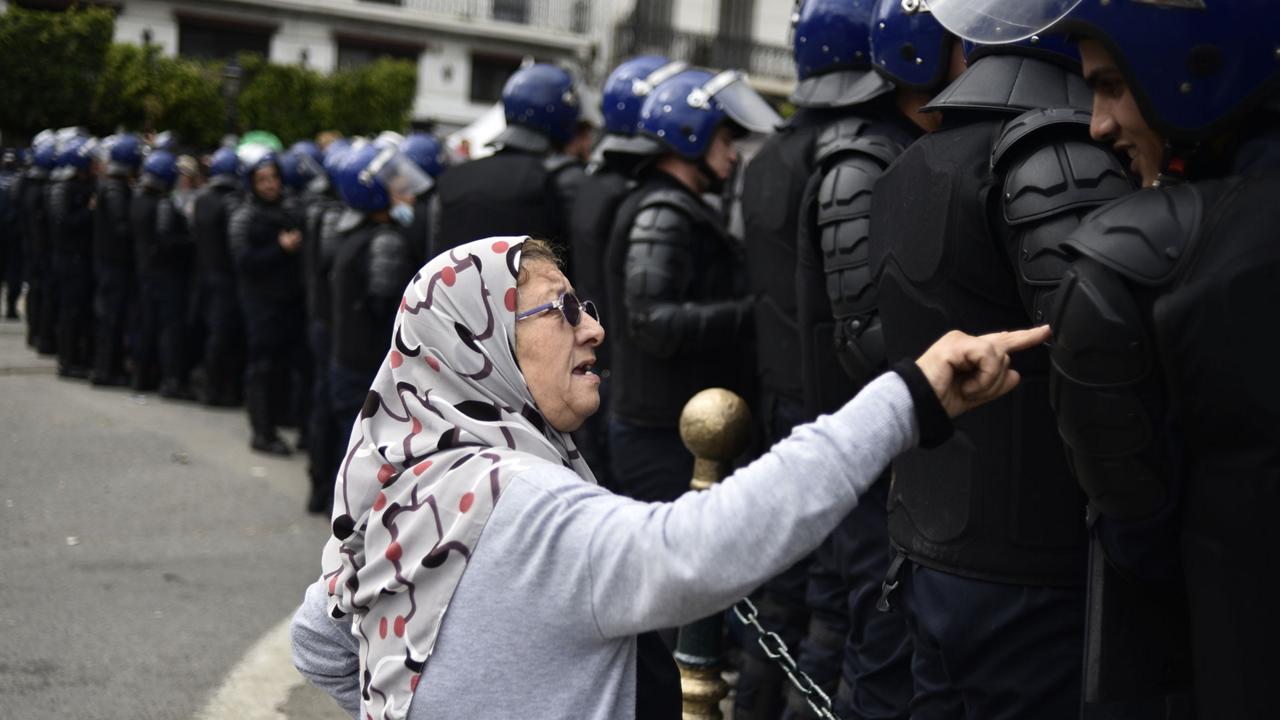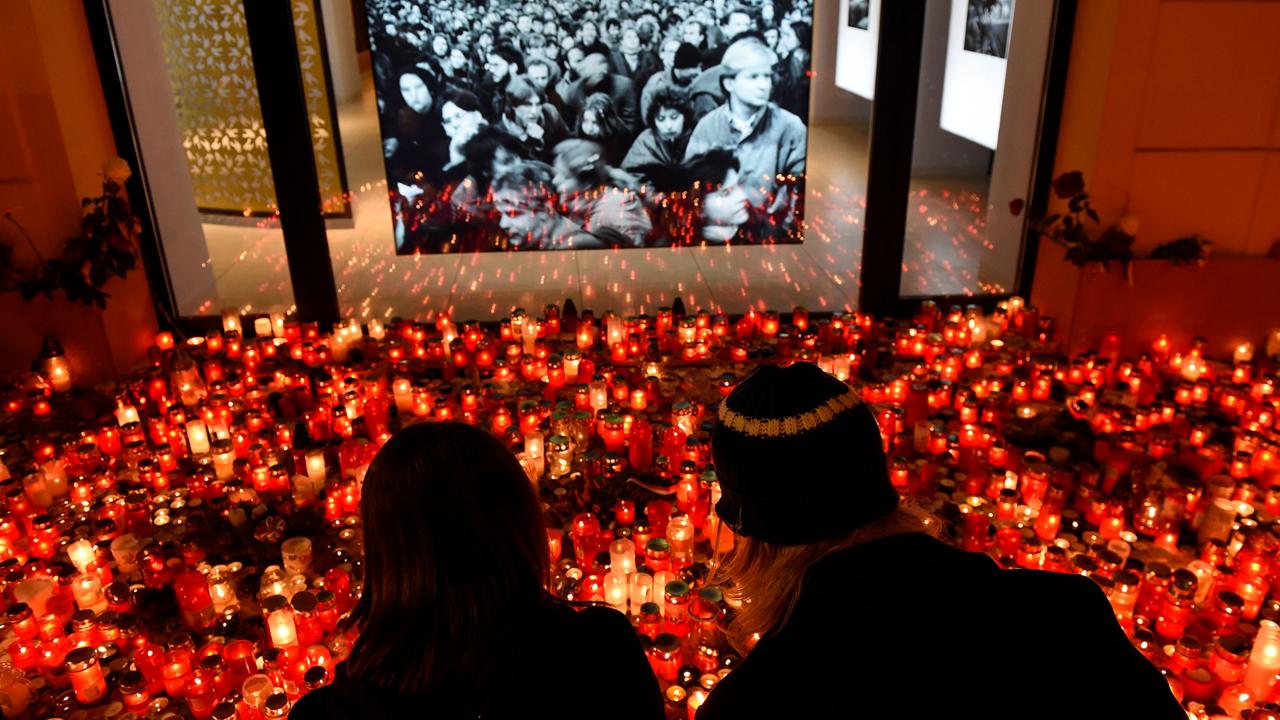Maurício Meireles
26.junho.2024
Só a ciência, sem a política, não vai conseguir produzir as soluções que o mundo precisa para combater a crise climática.
Quem diz é Michael Sandel, professor de filosofia política da Universidade Harvard e autor de diversos livros —o último publicado no Brasil é “O Descontentamento da Democracia” (ed. Civilização Brasileira).
A frase pode até parecer um truísmo, mas resume o cerne das críticas de Sandel às democracias contemporâneas: quando a política é dominada pelo discurso tecnocrático, os cidadãos acabam sem voz e sem meios de participar das decisões que afetam suas vidas.
Em “O Descontentamento da Democracia”, ele diz que a culpa da ascensão do autoritarismo pelo mundo é do chamado neoliberalismo, que promoveu o fortalecimento do setor financeiro e a desregulação dos mercados.
Para Sandel, essas políticas foram levadas adiante por tecnocratas de direita e esquerda que alienaram cidadãos das decisões econômicas, amparados por um discurso de meritocracia, gerando uma reação de ressentimento contra as elites e ceticismo quanto à democracia.
Por isso, diz, é importante não repetir o mesmo erro com a política climática. A ciência é, sim, crucial para embasar as decisões, mas é preciso participação democrática —e as lideranças não podem usar o discurso científico como forma de escapar de suas responsabilidades.
Sandel participou recentemente do ciclo de palestras online Clima e Sociedade, promovido pela UFSM (Universidade Federal de Santa Maria), em que conversou com lideranças comunitárias que estão no front de combate aos efeitos das enchentes que atingiram o Rio Grande do Sul.
Em entrevista à Folha, ele explica como os pontos levantados em seu livro se aplicam ao debate climático, avalia a atuação de instituições multilaterais nesse campo e defende que se evite o discurso apocalíptico.
Em vez de reforçar um sentimento de solidariedade, crises como a pandemia parecem ter explicitado divisões —e democracias como os Estados Unidos continuam tão polarizadas quanto antes. O mundo superestima a capacidade dessas crises de gerar solidariedade mútua?
A pandemia foi um ótimo teste. No começo da crise de saúde, com frequência ouvíamos que essa emergência iria nos unir, mostrando que somos igualmente vulneráveis, apesar das desigualdades econômicas. Quem podia trabalhar de casa logo percebeu o quanto dependemos do trabalho de pessoas que são ignoradas.
Poderia ter sido a hora para debater melhores salários e reconhecimento para os trabalhadores essenciais. Mas isso não ocorreu. A pandemia retrocedeu e a gratidão a eles também. Foi uma oportunidade perdida, a pandemia não nos levou a uma transformação social ou espiritual.
Para manter o senso de comunidade que crises como as enchentes no Sul despertam, é necessário criar instituições e espaços públicos sólidos, além formas de organização. Pressionar os governos por recursos é importante, mas é preciso construir instituições na sociedade civil, estabelecer um diálogo contínuo para que todos entendam que dividimos uma vida comum.
Você coloca a economia no centro da sua análise da crise das democracias liberais, em detrimento de uma análise mais cultural, que hoje parece mais popular no debate público. Por que essa abordagem econômica é mais adequada?
Em “O Descontentamento da Democracia”, escrevo sobre o que chamo de economia política da cidadania. Nas últimas décadas, erramos ao pressupor que o único propósito da economia é promover o consumo. E que, portanto, nosso foco principal deveria ser o crescimento do PIB e a distribuição da riqueza.
Tudo isso importa, é claro, mas não são as únicas questões que devemos levar em conta. É preciso se perguntar quais arranjos econômicos são favoráveis à participação democrática.
Democracia não é só ir votar. Democracia é criar condições econômicas e sociais que possibilitem às pessoas deliberar como iguais [sobre seu destino], moldando as forças que as governam.
Quando as pessoas não têm voz, elas se sentem excluídas, raivosas, ressentidas —e vão se conectar a políticos demagogos que canalizam essa alienação. Isso é o que começa a explicar o que está havendo, nos últimos anos, tanto nos EUA quanto no Brasil.
Sou contra uma separação tão dura entre uma análise econômica e outra cultural sobre por que cidadãos têm apoiado líderes autoritários pelo mundo.
Nos últimos anos, a divisão entre vencedores e derrotados se aprofundou, envenenando a política. Isso tem em partes a ver com a desigualdade, mas há também uma mudança de atitude em relação ao sucesso individual.
Quem está no topo acha que os lucros que recebeu do mercado são a medida de seus méritos —e que quem ficou para trás, por consequência, também mereceria o próprio destino.
Isso ajuda a explicar a política da raiva e do ressentimento. E também o crescimento do populismo autoritário de direita. Muitos da classe trabalhadora acham que as elites os olham de cima para baixo, com especial desprezo contra aqueles que não receberam educação universitária.
Agora, quanto dessa análise é econômica e quanto é cultural? São ambos os casos. É econômica porque mostra como a economia pode deteriorar a democracia participativa. E porque foca no papel do crescimento da desigualdade. Mas também é cultural, porque identifico esses elementos de ressentimento.
É preciso atar as duas pontas, resolver as desigualdades e lidar com a sensação de não ter voz, a raiva de tantos da classe trabalhadora.
Sua análise está centrada na globalização e nas chamadas políticas neoliberais. Qual o impacto disso no debate político sobre a mudança climática?
A política da mudança climática é um exemplo de como algo focado nas elites rapidamente vira um discurso tecnocrático quanto ao meio ambiente, que pode reforçar a polarização.
Há um jeito de organizar a economia e conduzir as políticas públicas que leva os cidadãos a se sentir sem voz. É uma política que trata as questões econômicas e ambientais como algo técnico, que só diz respeito aos especialistas.
Vimos esse discurso tecnocrático durante a pandemia, quando representantes das elites diziam que só estavam “seguindo a ciência”, o que é um jeito de escapar das responsabilidades.
Claro que é importante seguir a ciência no meio de uma pandemia ou da mudança climática —mas é um erro pressupor que a ciência sozinha pode realizar as avaliações políticas necessárias.
Por exemplo, durante a pandemia, a ciência não podia resolver se deveríamos fechar as escolas e por quanto tempo. Esse era um julgamento político, que teve que ser debatido pelos cidadãos dentro do processo democrático —e quem tomou as decisões teria que assumir responsabilidade por elas.
Não adianta só dizer que se está seguindo a ciência. No caso da política climática, a ciência precisa informar as decisões que vamos tomar, mas essas medidas precisam ser debatidas entre as pessoas implicadas nelas. Pois isso envolve negociações, questões distributivas, um debate sobre quem vai pagar o preço da transição para a economia verde… E por aí vai.
O que nos trouxe a esse momento tão polarizado é a insistência das elites políticas de que são especialistas ou que estão amparadas por especialistas. Com isso, fica implícito que quem discorda ou está mal informado ou é ignorante. E que, portanto, essas pessoas não estariam qualificadas a ter voz.
É o mesmo que ocorreu com a dignidade da classe trabalhadora, deteriorada pela financeirização da economia, a terceirização do trabalho, tudo em nome dos especialistas que diziam que isso seria bom para todos.
Se repetimos essa postura tecnocrática no combate à mudança climática, teremos outra vez as elites olhando os cidadãos de cima, dizendo que estão só seguindo a ciência.
A mudança climática é uma crise que requer ação global. Mas, no seu livro, você mostra ceticismo quanto às organizações multilaterais. Como elas deveriam funcionar?
A mudança climática requer cooperação global, sem dúvidas. E isso significa que precisamos de instituições multilaterais para conceber e implementar políticas, a fim de proteger o planeta e promover a transição para a economia verde.
As instituições globais hoje operam como instituições tecnocráticas, sem legitimidade ou participação democrática. E esse é um problema com o qual teremos que lidar.
A Europa já estava lidando com isso antes de a crise climática se tornar algo tão central. Mesmo esse bloco, onde a maioria dos países têm tradição democrática, tem sido associado aos burocratas de Bruxelas. Cidadãos nacionais se ressentem de determinações vindas desses burocratas e acham que não têm voz.
O mesmo vale para as instituições que serão necessárias para lidarmos com a crise climática. Precisamos de plataformas para um discurso público global, que possa envolver os cidadãos comuns na formulação de políticas que nos levarão a uma economia verde.
Se for algo puramente tecnocrático, mesmo o grupo de especialistas melhor administrado não vai ser capaz de conquistar legitimidade democrática e implementar qualquer política. Em resumo, não sou cético quanto às instituições multilaterais, apenas quero enfatizar a necessidade de participação democrática.
Seu principal ponto é que as políticas neoliberais teriam levado eleitores para a extrema direita. Você aponta que o presidente Joe Biden foi o primeiro a romper com essas diretrizes econômicas. No entanto, Donald Trump tem grandes chances de ser eleito. O que houve?
Um novo mandato de Trump aumentaria os riscos que a democracia americana enfrenta. Sim, Joe Biden rompeu com o mercado neoliberal que produziu a polarização política.
Ele falou sobre tentar restaurar a dignidade do trabalho, inclusive para quem não tem formação universitária.
Biden revitalizou as políticas antitruste, não só com objetivo de diminuir preços ao consumidor, mas também de responsabilizar o poder econômico, especialmente no caso das “big techs”. Também levou o Congresso a implementar investimentos públicos em infraestrutura que não eram vistos há décadas.
Por que ele não está colhendo dividendos políticos disso? Ele não foi capaz de articular essas medidas em uma nova visão de governo, não conseguiu explicar como todas essas políticas, se vistas em conjunto, podem renovar a cidadania democrática. E que, ao restaurar a dignidade do trabalho, as pessoas podem ter voz na política.
Uma liderança não depende só de implementar boas políticas, mas de oferecer uma visão que seja ao mesmo tempo econômica, política e moral.
RAIO-X
Michael J. Sandel, 71
É professor de filosofia política na Universidade Harvard, nos EUA, com obras que já foram traduzidas para mais de 30 línguas. Em livros como “O Descontentamento da Democracia” e “A Tirania do Mérito”, escreve sobre ética, economia e democracia, entre outros temas. Seu curso intitulado Justiça foi o primeiro de Harvard a ser disponibilizado gratuitamente online —e já foi visto por dezenas de milhões de pessoas.


























Você precisa fazer login para comentar.